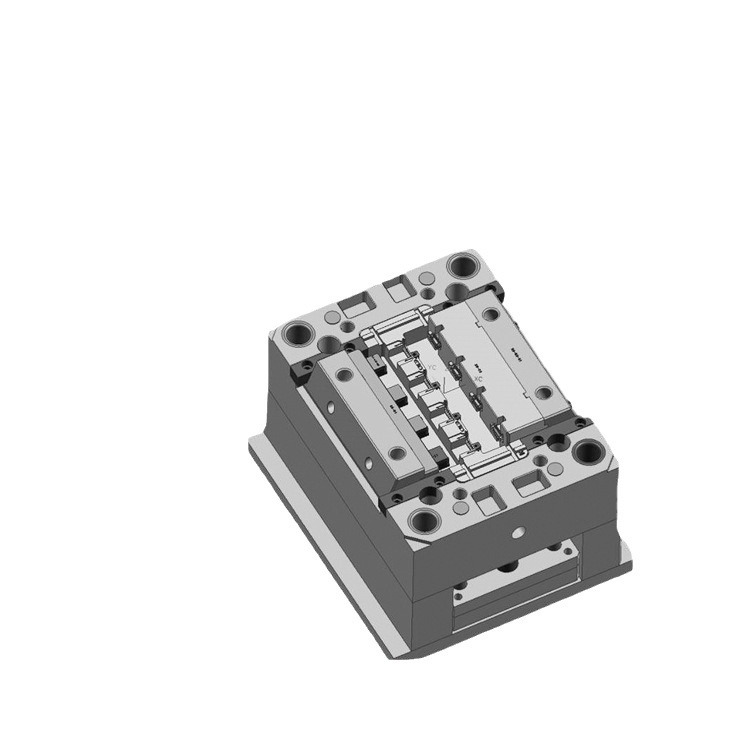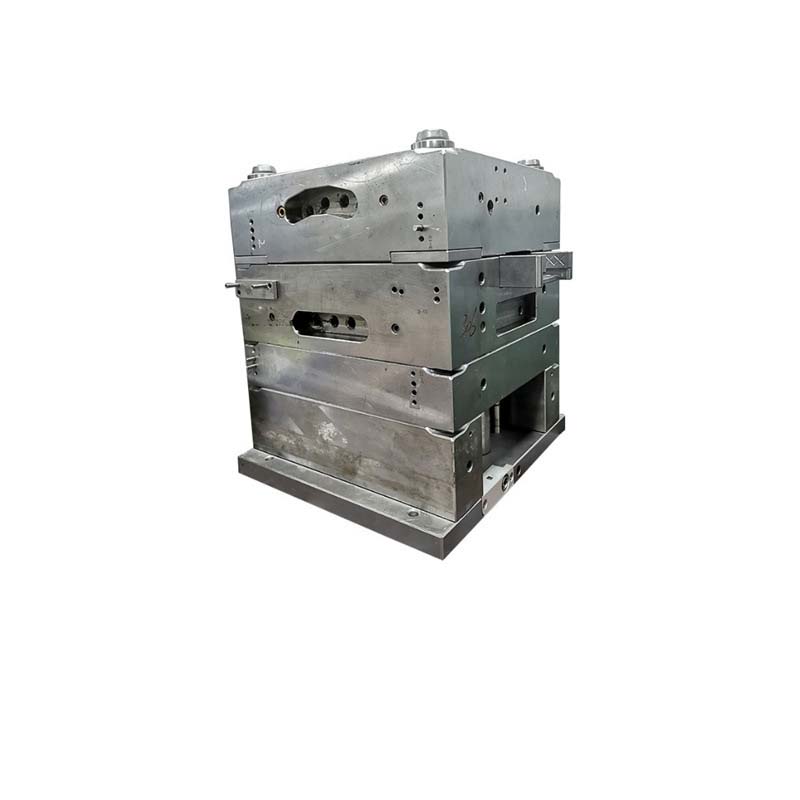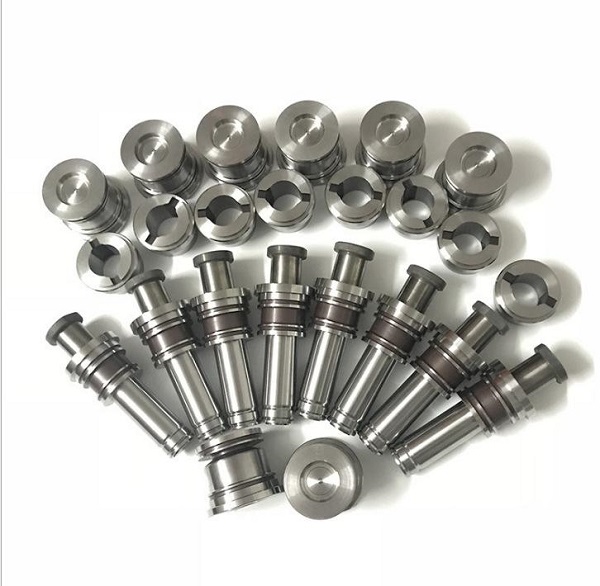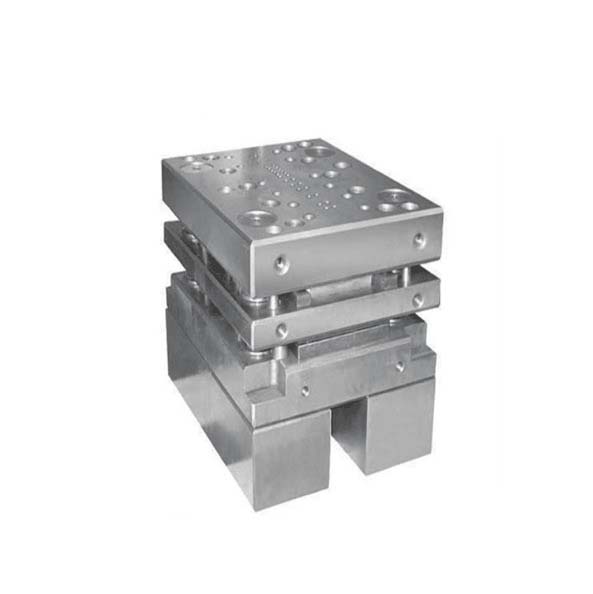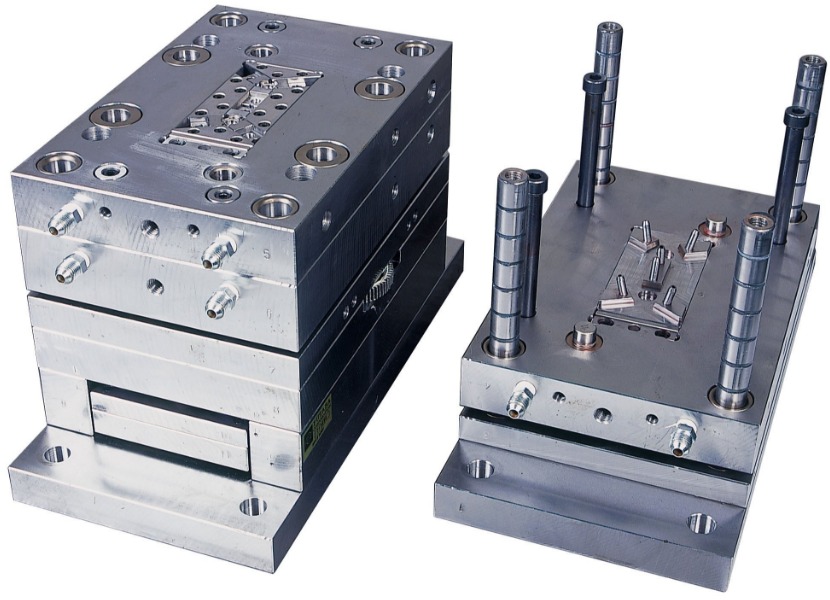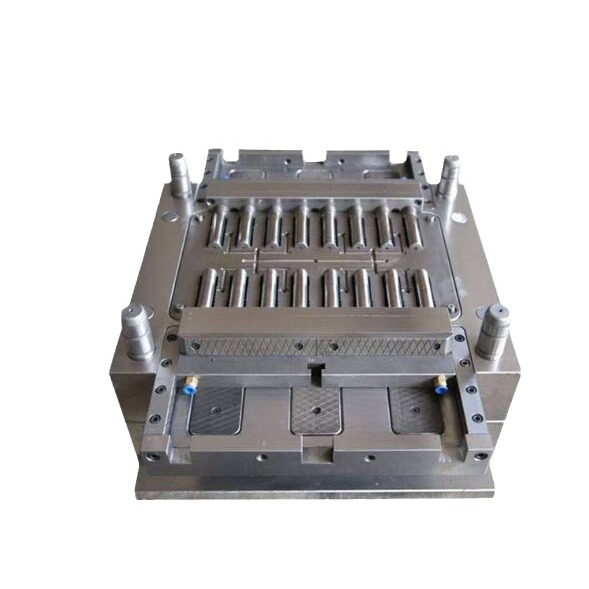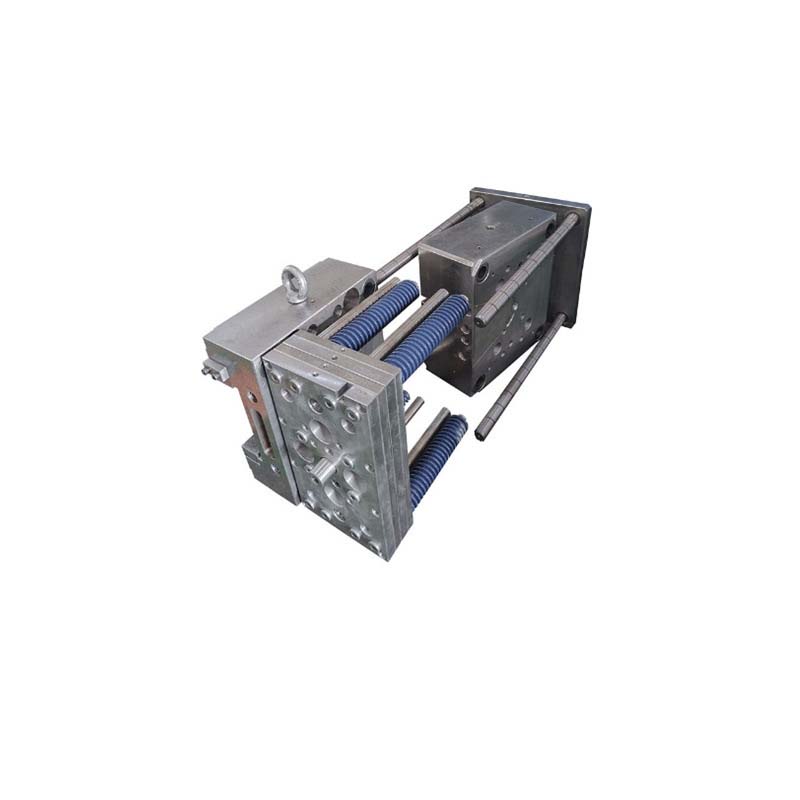Importance of Mold Testing and Repair
After mold processing is completed, mold testing and repair are not just optional steps; they are essential for the overall success of any production process.
- Ensuring Product Quality: The quality of the final product is highly dependent on the condition of the mold. A well - tested mold ensures that each product produced has consistent dimensions, smooth surfaces, and meets all the required specifications. For example, in the plastic injection molding industry, if a mold has not been properly tested, the resulting plastic products may have issues like warping, sink marks, or inconsistent wall thickness. A study by the Society of Plastics Engineers found that up to 70% of product defects can be traced back to problems with the mold. By thoroughly testing the mold before mass production, these defects can be identified and corrected early on.
- Prolonging Mold Lifespan: Regular maintenance and timely repair can significantly extend the lifespan of a mold. Molds are expensive pieces of equipment, and extending their usability can lead to substantial cost savings. During the testing process, early signs of wear and tear, such as minor scratches or small cracks, can be detected. If these issues are addressed promptly, they won't develop into more serious problems that could render the mold unusable. For instance, a small crack in a metal die - casting mold, if left unaddressed, can grow larger with each casting cycle due to the high - pressure and high - temperature conditions, eventually causing the mold to break. But if detected during testing and repaired by welding or other appropriate methods, the mold can continue to be used for a long time.
- Reducing Production Downtime: Production downtime can be extremely costly for manufacturers. A malfunctioning mold can cause unexpected stops in the production line. According to industry statistics, the average cost of an hour of production downtime in a medium - sized manufacturing plant is around $20,000. Through proper mold testing, potential problems can be predicted and resolved during scheduled maintenance periods, rather than during active production. When a mold needs repair, quick and efficient repair work can get the production line back up and running as soon as possible.
Steps of Mold Testing
1. Visual Inspection
The first step in mold testing is a visual inspection. This is a crucial initial assessment that helps to quickly identify any obvious issues. Using nothing more than the naked eye and perhaps some basic hand - held magnifying tools, technicians closely examine the mold's surface. They look for signs of cracks, which could be a result of stress during the molding process or improper handling. Even a hair - thin crack can be a problem as it may expand during subsequent use, leading to mold failure.
Wear and tear marks are also carefully noted. These can include scratches, which might be caused by improper ejection of the molded parts or contact with other hard objects. Rust is another concern, especially for metal molds. Rust not only weakens the structural integrity of the mold but can also contaminate the molded products. For example, in a plastic injection mold, rust particles can get embedded in the plastic, resulting in aesthetic defects and potentially affecting the product's functionality.
2. Dimensional Inspection
Dimensional inspection is of utmost importance to ensure that the mold will produce parts with the correct specifications. Specialized measuring tools such as calipers, micrometers, and coordinate measuring machines (CMMs) are used. Calipers can measure external and internal dimensions with an accuracy of up to 0.01 mm, while micrometers offer even higher precision, often down to 0.001 mm. CMMs are extremely versatile, capable of measuring complex 3D shapes with high accuracy, usually within ±0.005 - 0.05 mm depending on the machine's quality and the size of the part being measured.
All critical dimensions of the mold, such as cavity and core sizes, runner diameters, and the distance between different components, are measured. These measurements are then compared to the original design drawings. If the dimensions deviate from the design requirements, the resulting molded parts may not fit together properly in the final product assembly. For instance, in the automotive industry, if a mold for manufacturing engine components has incorrect dimensions, it can lead to issues like poor engine performance, increased fuel consumption, and even engine failure.
3. Functional Testing
Functional testing focuses on how the mold operates during the molding process. One of the key aspects is testing the mold's opening and closing mechanism. The mold should open and close smoothly without any jamming or excessive resistance. This is typically tested using a mold - handling machine or an injection - molding machine. Technicians monitor the movement, looking for any signs of uneven motion, such as one side of the mold opening or closing faster than the other.
The movement of all movable parts within the mold, like slides, lifters, and ejector pins, is also examined. These parts must move precisely and in the correct sequence. For example, ejector pins should eject the molded part cleanly without leaving any residue in the mold cavity or causing damage to the part. In a die - casting mold, the proper functioning of the gates and vents is essential. Gates need to control the flow of the molten metal accurately, while vents must effectively release the trapped air to prevent defects such as porosity in the cast parts. If these functional aspects are not tested and verified, the production process will be plagued by issues, resulting in a high rate of defective products and production delays.
Common Mold Defects and Their Causes
1. Cracks
Cracks in molds are a serious issue that can lead to mold failure. There are several reasons for their formation. Material stress is a major factor. During the manufacturing process of the mold, internal stresses may be introduced due to improper forging or heat - treatment. For example, if the forging ratio is not appropriate during the production of a metal mold, the metal's grain structure may be uneven, creating areas of high stress concentration. When the mold is later subjected to the high - pressure and high - temperature conditions of the molding process, these stress - concentrated areas are prone to cracking.
Temperature changes also play a role. In processes like injection molding or die - casting, the mold experiences rapid heating and cooling cycles. The repeated expansion and contraction of the mold material due to these temperature fluctuations can cause thermal stress. If the mold material cannot withstand these thermal stresses over time, cracks will start to develop. For instance, in an aluminum die - casting mold, the sudden cooling of the mold surface when the molten aluminum is injected can create a large temperature gradient between the surface and the interior of the mold, leading to the formation of cracks.
2. Wear and Tear
Wear and tear of molds are inevitable during their long - term use. One of the main causes is the continuous friction between the mold surface and the molded materials. In plastic injection molding, for example, as the molten plastic flows through the mold cavity and runner system, it exerts frictional forces on the mold walls. Over thousands or even millions of molding cycles, this friction gradually wears away the surface of the mold, resulting in a loss of dimensional accuracy and surface finish.
The quality of the lubrication system also affects wear. Insufficient or improper lubrication can significantly accelerate the wear process. If the lubricant used in the molding process does not have the right viscosity or if it deteriorates over time, it will not be able to effectively reduce the friction between the mold and the molded part. This is particularly true in high - speed molding operations, where the lack of proper lubrication can lead to severe wear within a relatively short period. Additionally, the presence of hard particles in the molded material, such as filler particles in reinforced plastics, can also abrade the mold surface, contributing to wear and tear.
3. Deformation
Mold deformation can occur due to various factors. High injection pressure is a common culprit in injection molding. When the injection pressure exceeds the mold's structural strength limit, it can cause the mold to deform. For example, in the production of large - sized plastic products, if the injection pressure is set too high to ensure complete filling of the mold cavity, the side walls of the mold may bulge or warp.
The mold's structural design also plays a crucial role. A poorly designed mold with thin - walled sections or weak support structures is more likely to deform. Consider a mold with an uneven distribution of material thickness. During the molding process, the areas with thinner walls will be more vulnerable to the pressure and forces exerted, leading to deformation. In addition, if the mold is not properly supported during the molding operation, it can also experience deformation. For instance, if the mold is not firmly clamped in the injection - molding machine, the pressure during injection can cause it to shift or distort, resulting in a deformed mold and, consequently, defective products.
Yigu Technology's View
As a non - standard plastic and metal products custom supplier, Yigu Technology deeply understands the significance of mold testing and repair. With years of experience in the industry, we have witnessed firsthand how proper mold testing can prevent costly production issues. Our team of experts is well - trained in using advanced testing equipment to conduct comprehensive inspections, ensuring that every mold leaving our facility meets the highest standards.
When it comes to mold repair, we take a meticulous approach. We use high - quality materials and advanced repair techniques to restore molds to their optimal condition. Our goal is not only to fix the immediate problem but also to enhance the overall performance and lifespan of the mold. By providing top - notch mold testing and repair services, we aim to help our clients achieve smooth production processes, high - quality products, and ultimately, greater business success.

